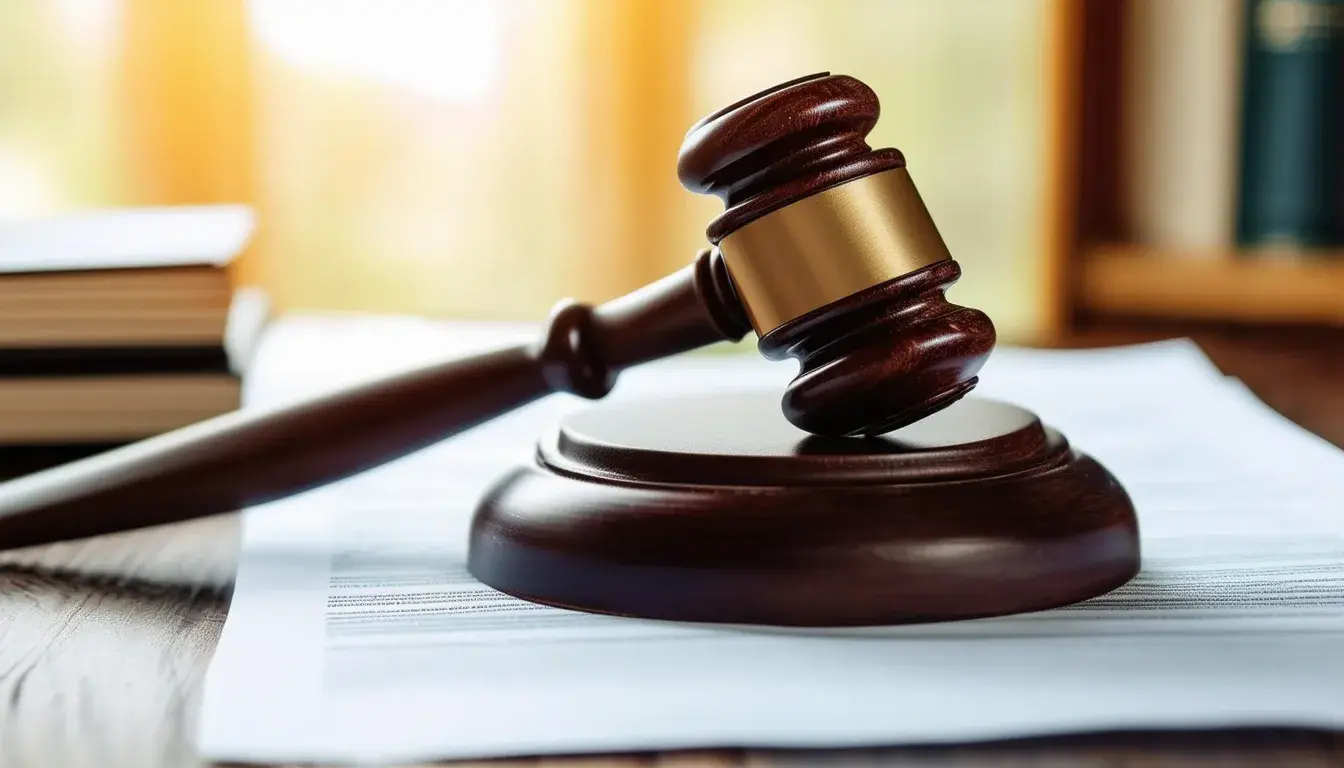Discover how bellwether trials play a crucial role in shaping the outcomes of mass tort litigation, providing a roadmap for future cases.
When dealing with mass tort litigation, the sheer number of plaintiffs and the complexity of the issues can make resolving cases a daunting task. This is where bellwether trials come into play. These trials serve as a crucial tool for shaping outcomes in mass tort cases, providing both sides with valuable insights into the strengths and weaknesses of their positions. You might be wondering, what are bellwether trials? Let’s go over the basics:
What Are Bellwether Trials?
A bellwether trial is essentially a test case selected from a group of lawsuits that share common issues. This includes injuries caused by a defective product, harmful medication, or exposure to toxic substances. In a mass tort scenario, hundreds or even thousands of plaintiffs may file claims against a single defendant. Instead of trying each case individually, the court selects a small number of representative cases to go to trial.
These trials aim to:
- Test the legal theories and arguments of both sides.
- Provide insight into how juries might respond to evidence and testimony.
- Create a foundation for potential settlements in related cases.
The outcomes of bellwether trials are not legally binding for the remaining cases, but they have a significant influence on how the broader litigation proceeds.
The Role of Bellwether Trials in Mass Torts
Bellwether trials serve several critical functions in the mass tort process:
Assessing Case Value
One of the primary purposes of a bellwether trial is to evaluate the monetary value of claims. By seeing how a jury reacts to evidence in these representative cases, both plaintiffs and defendants gain a clearer understanding of potential verdict amounts. This can help establish a benchmark for settlements in the remaining cases.
Testing Legal Strategies
For attorneys, bellwether trials provide an opportunity to test different arguments, expert witnesses, and pieces of evidence. The results can help refine legal strategies for future trials or negotiations.
Encouraging Settlement
Bellwether trials often act as a catalyst for settlement discussions. If the plaintiff secures a significant verdict in a bellwether case, defendants may feel pressured to settle the remaining cases to avoid further financial losses. Conversely, if the defendant wins, it can discourage plaintiffs from pursuing further litigation.
Streamlining Litigation
By focusing on a small number of representative cases, bellwether trials help courts manage large dockets more efficiently. They provide a way to address common issues without needing to try every individual case.
How Are Bellwether Cases Selected?
Selecting the right cases for a bellwether trial is a critical step. Both plaintiffs and defendants typically work together to identify cases that are representative of the broader group. Factors considered include:
The Type and Severity of Injuries
- Similarity in the circumstances surrounding the claims.
- Geographic and demographic diversity among plaintiffs.
Influence on Settlement Negotiations
The results of bellwether trials often have a direct impact on settlement negotiations. For example:
- If plaintiffs win: A large verdict in favor of the plaintiff can encourage the defendant to settle the remaining cases to avoid the risk of additional losses in future trials.
- If defendants win: A defense victory can weaken the bargaining power of plaintiffs, potentially leading to lower settlement amounts or the dismissal of weaker claims.
In either scenario, the insights gained from bellwether trials help both sides evaluate their positions and reach resolutions more efficiently.
Benefits and Limitations of Bellwether Trials
Benefits
- Efficiency: They reduce the time and resources required to try every individual case.
- Clarity: They provide a clearer picture of potential outcomes, aiding in decision-making.
- Fairness: They allow both sides to test their arguments in court.
Limitations
- Non-Binding Results: The outcomes of bellwether trials do not directly determine the resolution of other cases.
- Selection Bias: If the cases chosen are not truly representative, the results may be less impactful.
- Uncertainty: Even with bellwether trials, there’s no guarantee of a global settlement.
Understanding Bellwether Trials
Bellwether trials are a cornerstone of mass tort litigation, providing invaluable insights into potential outcomes and helping to streamline the resolution process. By testing the waters with representative cases, attorneys, plaintiffs, and defendants can better understand the strengths and weaknesses of their positions. This helps pave the way for fair and efficient settlements. Whether you’re a plaintiff or a defendant, understanding the role of bellwether trials is essential for navigating the complexities of mass tort litigation.


